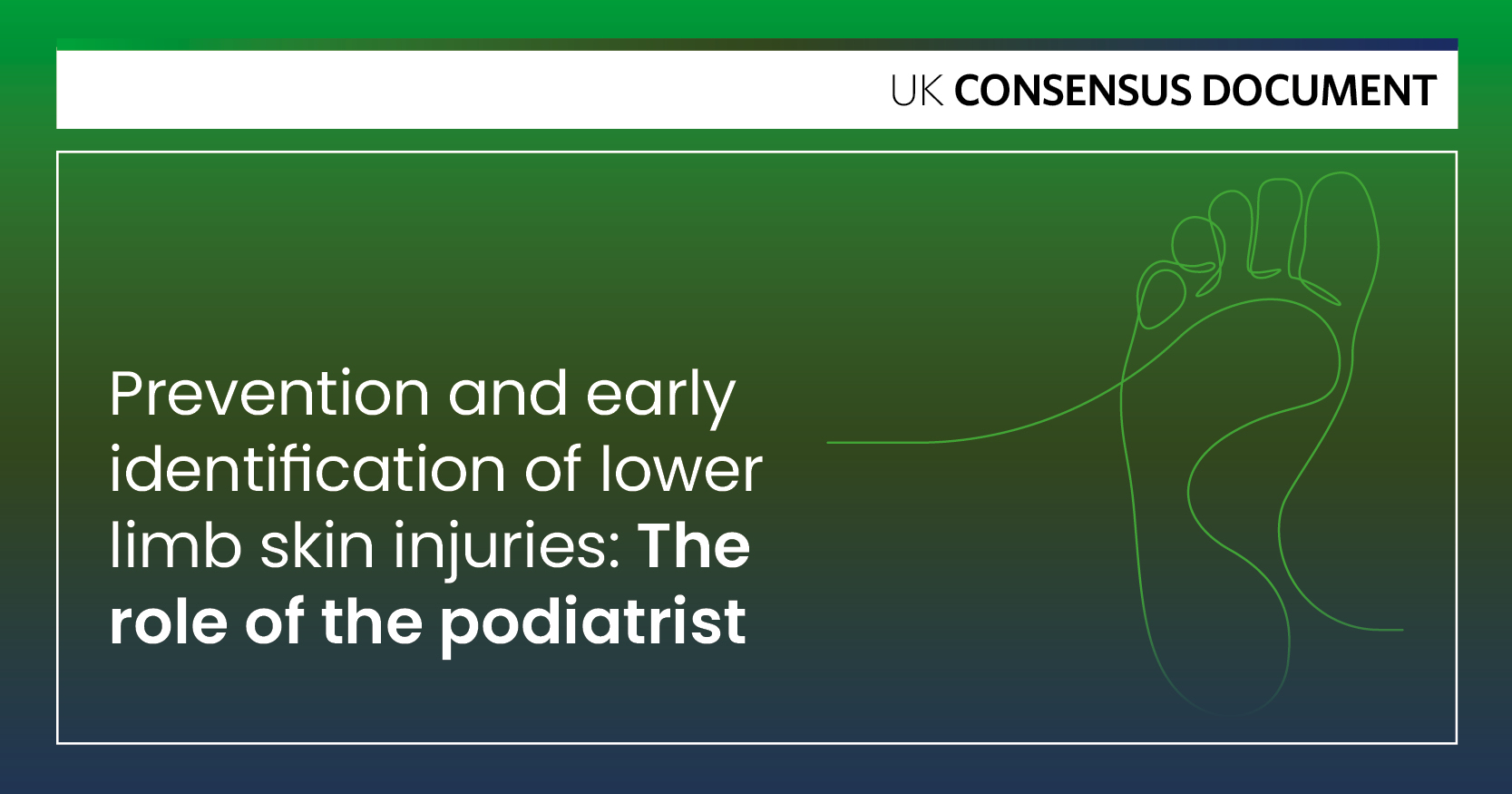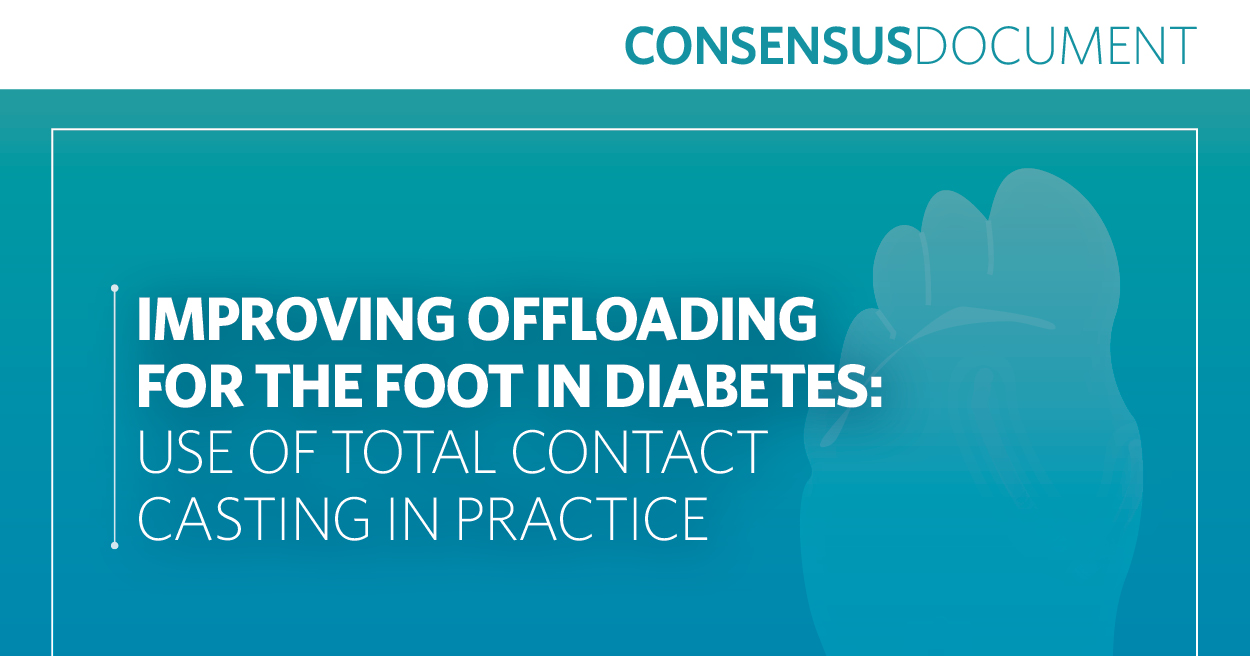The 11th Malvern Diabetic Foot Conference took place at Malvern Theatres, Greater Malvern, on 17–19 May 2006. Divided into seven sessions, the programme covered topics ranging from epidemiology to new therapies. It also featured oral communications, a selection of which are described below.
Amputation rates and care organisation
A representative from a group from Sunderland detailed how major lower extremity amputation (LEA) rates had dropped markedly within South Tees during a period in which the local diabetic foot services were reviewed and became better organised (1995–2000).
First major diabetes-related LEA rate decreased from 200.8 to 57.2 incidents per 100 000 at-risk people. Similarly, repeat major diabetes-related LEA rate decreased from 109.7 to 18.7 incidents per 100 000 at-risk people. In contrast, the rate of non-diabetes-related LEAs rose from 8.7 to 15.3 incidents per 100 000 at-risk people.
Foot ulcers and footwear
A member of a team from Blackburn presented results suggesting that the proportion of diabetic foot ulcers that are caused by footwear has dropped from that found in previous studies.
Fifty per cent of ulcers were found to be either definitely or probably caused by footwear. Previous values were around 80 %. Concern was raised, however, at the number of diabetic foot ulcers attributable to pressure sores.
Physiotherapy in people with peripheral neuropathy
A representative from a team from Manchester discussed a single-blind randomised controlled trial in people with diabetes and peripheral neuropathy, comparing 12 weeks’ physiotherapy with no intervention.
While some benefits were seen with physiotherapy, it was suggested that further work is needed to establish the type of person who would gain the most.
Probe-to-bone test
A member of a group from Nottingham described data suggesting that the clinical value of the probe-to-bone test as a means of diagnosing osteomyelitis is limited in a specialist clinic. It was suggested that the utility of the test for osteomyelitis is probably worse in general practice.
The 7th Diabetic Foot Journal Annual Conference was held at The Corn Exchange, Edinburgh, on 5–6 June 2006. The programme included talks on communicating successfully with your patient, multidisciplinary teams and whether they actually work, and the diagnosis and treatment of infection and osteomyelitis in the diabetic foot. The conference also included interactive masterclasses on topics ranging from addressing practical skills to evidence-based practice.
Matthew Young (Consultant Physician, Edinburgh) opened the conference by discussing strategies which healthcare professionals can use in order to improve the communication with their patients. He concluded that: ‘Communication is the foundation of all clinical interactions. Effective communication bridges the knowledge gap between specialists and patients and facilitates care.’
Why the early detection and management of wound infection in the at-risk foot is important, and some strategies and tools available to the healthcare professional to aid in the process were discussed at a satellite symposium sponsored by ConvaTec.
The keynote lecture was given by Gerry Rayman (Consultant Physician, Ipswich). ‘Neuropathic foot ulcers will heal with pressure relief, and ischaemic ulcers with re-establishing vascular supply. If managing the diabetic foot was only that simple! Unfortunately there is a major fly in the ointment – bacterial infection. This can be described as the curse of the diabetic foot,’ said Dr Rayman as he started the keynote lecture. He went on to say that ‘infection in the diabetic foot will kill your patient.’ Dr Rayman then reviewed and updated the audience on healthcare professionals’ knowledge and understanding of bacterial infection in the diabetic foot. He focused upon evaluation and treatment of soft tissue and deeper infections including osteomyelitis and methicillin-resistant Staphylococcus aureus (MRSA) infection.





